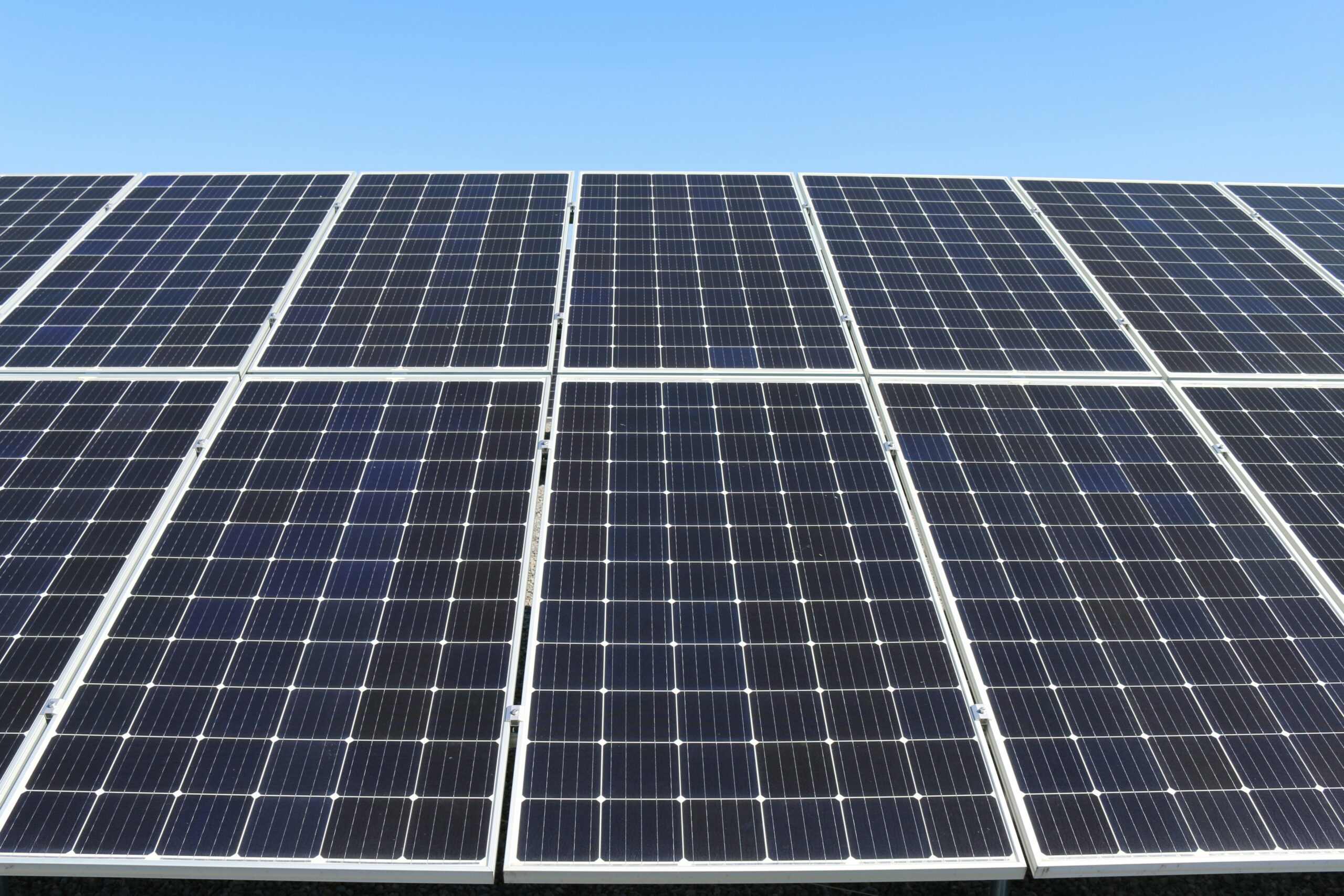Precooling has not really arrived in our latitudes yet. Maybe because we in Austria still believe that we don't have extreme climatic conditions, like sports clubs in the middle of Nevada or the Australian Football League. Nevertheless, summers in Austria are becoming increasingly warmer and the number of extremely hot days has doubled in recent years (1).
This is not just about avoiding danger. Heatstroke is of course problematic and dangerous and should therefore be prevented at all costs. But it's also about performance. This decreases significantly when it gets hot. To be precise, about 10% when it's hotter than 30°C. (2). The body increasingly needs energy for cooling and can not focus on the sport.
"The importance of heat balance is still totally underestimated in exercise. Optimal thermoregulation is more crucial for performance than the amount of red blood cells" (Boutellier 2007).
By this, the author surely also means the internationally high investment in altitude training and sophisticated training concepts, for example. And even today, 14 years later, thermoregulation still has a shadowy existence in competitive sports.
Our core body temperature in a sporting context
First of all, you need to take into account that the classic warm-up will raise your body temperature to 38.5 - 39°. We have learned to warm up long and intensively. Also to prevent injuries. Of course, this also makes sense to a certain extent.
But then you may also have a high outside temperature. For example, a very intense interval running workout at high speed in midsummer. Your body temperature will have a hard time regulating itself back down to its optimal value. Loss of performance is likely.
The highest core body temperatures measured in marathon runners exceeded 40° (Adams et al., 1975).
These high values can be tolerated by the body, but reduce performance!
The optimal temperature range in training is based on the standard value of the body core temperature of 37° (Ückert 2007). Your body will always try to reach this 37°. No matter what the cost.
The ideal ambient temperature for endurance sports such as marathon running is 10-15°. There is no question that a competition in the summer, for example the New York Marathon with over 35 °, is an enormous burden on the organism and further leads to shifts in the energy balance. In short, the performance decreases!
"In the living organism, nearly all free energy conversions ultimately turn to heat" (Aschoff et al., 1971).
Temperature and energy balance therefore belong inseparably together!
A large part of our energy (75%) is released as heat, the rest is available for muscular work! (Ückert 2007)
A catastrophic relation you say?
Of course, this problem applies primarily to sports, but in everyday life it has great advantages for us warm-blooded animals. We don't have to lie in the sun like lizards to boost our body temperature.
But what exactly is happening in our body?
There are several theories as to what happens in the body during this process. In hot temperatures, the blood is brought to the periphery, i.e. to the surface, the skin, so that it cools down more easily. This blood is of course then missing in the cardiovascular system, in the lungs and in the muscles.
The theory of thermoregulation states that our body is permanently working on establishing a balance of heat production on the one hand and heat emission on the other. The goal is to maintain a theoretical ideal value of approx. 37°.
This constant operating temperature enabled us humans to maintain a level of movement and performance that was largely independent of the ambient temperature.
There is a decrease in maximum power due to the increase in body temperature, caused by many factors such as decreased cardiac output, fluid loss, and decreased nutrient transport due to redistribution of blood to the body surface. Also, due to the perceived heat of the thermoreceptors of the nervous system, there is also a voluntary reduction of intensity in the athlete. Many do not even notice that they are already downshifting.
The whole thing is also attributed to a regulatory mechanism controlled by increased temperature in the brain. (2)
So it's clear that the heat leads to measurable performance losses. We often try to make up for this with suitable clothing and cool drinks, which is also a good approach, but obviously not enough.
And what is precooling?
Precooling starts right here and cools the body to a lower temperature even before exertion, thus increasing the margin until performance degradation occurs.
It is the attempt to keep the body at its theoretically optimal 37° through equipment, drinks or simple baths. For an ideal performance level.
There are various methods available to the athlete:
- From the inside with the reception of cold drinks or crushed ice
- Ice bathing (also called Cold Water Immersion, or CWI for short).
- Cool packs or cooled rooms (e.g. cryo sauna or chamber)
- modern cold vests and/or cold pants
Of course, the question is: Does this really improve performance, or does it just feel more comfortable? What is the best method? And above all, are the cold muscles not detrimental to the sport?
Science has of course already taken up this topic and there are many studies on it. Let's take a look at the meta-analyses, which summarize the results of many individual studies into uniform, very meaningful results:
Study results
The latest meta-analysis on precooling appeared in 2018 (3) and questions whether precooling improves performance in endurance sports. Here CWI is compared with ice intake.
And indeed: CWI significantly improves performance when training in the heat. We are talking here about a moderate effect. Performance is improved both at self-selected speed and when training at a fixed intensity up to the exhaustion limit. Interestingly, perceived exhaustion was not altered, meaning that the athletes found the training just as strenuous but were able to perform better. Nevertheless, CWI improved heat perception, so it seems less hot to the athletes.
From all the studies, it has been shown that CWI significantly reduces the core body temperature even before training. During the workout, the temperature increase is the same as usual, but the maximum temperature is not as high, because you start at a lower temperature. In addition, CWI also reduces sweating.
Ice intake (crushed ice or slush) on the other hand cannot improve the general performance. However, it turns out that performance increases with colder drinking temperature, so there might be some effect, albeit a very small one. Ice does reduce core body temperature shortly after drinking, but the body still heats up to the same temperature during exertion than without a cold drink. The sweat response, heat sensation and perceived exhaustion are also unchanged.
Now all these results come from studies with endurance sports. But how does it hold up with the aerobic range, short efforts, sprinting, etc.?
There is also a meta-analysis on this: seen across all studies, i.e. both endurance and sprint, precooling has a moderate positive effect. However, if you look at the individual categories, the whole thing looks different: For sprint, the effect of precooling is detrimental. That means the performance is even slightly worse with cooled muscles. For interval sprints or alternating loads a small positive effect is measurable and for endurance sports the effect is clearly positive. So we take with us: the longer the load, the more sensible precooling.
According to this meta-analysis, exactly the same principle also applies to percooling, i.e. cooling during sport, for example with cold drinks, wind, cold mist, or cooling vests. For endurance sports, this is referred to as a moderate effect. This is particularly effective in the case of so-called "non-compensable heat stress", i.e. when it is so hot that the body's own cooling mechanisms can no longer keep up. (2)
Why are the results in Sprint so bad?
Since sprints are very short, performance is strongly influenced by muscle contraction ability; thermoregulatory factors play a more secondary role. Nevertheless, overheating can lead to a smaller pool of motor neurons.
Cooler muscles take longer to reach maximum tension and have a lower force output. When the surface temperature drops, contractility (the ability to tense) is weakened in the underlying muscles. There may also be lower anaerobic metabolism during intense exercise. This means that the body cannot be provided with the necessary nutrients quickly enough. Furthermore, there may be less activation of fast-twitch muscle fibers ("phasic"), or a lower muscle fiber conduction velocity.
Precooling before a sprint seems particularly problematic if there is no warm-up afterwards. (2)
Are the results the same for women and men?
Precooling (with ice drink) was also shown to be helpful for performance in both men and women. The increase in performance compared to the control group was not significantly different between men and women. There were a few differences, however: perceived fatigue was lower in women, and although both groups perceived the temperature to be the same, the women found the perceived temperature to be more comfortable than the men. This may have a significant impact on motivation and well-being. (8)
So what is the best method?
We've heard of several methods, and they all bring their pros and cons, be it practicality or even impact, as Bongers and his team's 2015 findings show. For precooling, mixed methods, i.e., using several techniques together, were found to be most effective. Of the individual methods, CWI was most effective, followed by ice drinks, cool packs and cooling vests.
For percooling during exercise, on the other hand, ice vests were the best single method, but here only one study is available for analysis.(4)
One of the oldest meta-analyses on this topic also shows us exciting results. Namely, this analysis compares untrained athletes with trained athletes. They divided the athletes according to their maximum oxygen capacity. The effect was then stronger in trained than in less trained. They also found a tendency for a better effect at higher temperatures and with longer training duration. This meta-analysis also examined different methods and clearly found different results than the more recent meta-analyses mentioned earlier, but 6 years have passed in the meantime.
Some new publications have appeared and we should probably rather trust the more recent results. (5)
Lastly, a new meta-analysis looks at percooling (as mentioned, cooling during exercise) alone and found that it generally had a positive effect on endurance and sprinting, but it depended on the areas of the body cooled, depending on the duration of exercise. For endurance, cooling collars, cool air, cold drink ingestion, and cooling vests were found to be positive. The methods help at temperatures above, but also below 28°C during endurance sports.
A small positive effect was also found for sprints and short-duration sports, i.e. under 75 seconds. Here, both internal (cold drinks) and external cooling (neck, torso, face) have a positive effect, but interestingly not for whole-body, hand, or mouth cooling. (6)
For the science nerds:
Regarding the studies in general, on the one hand, mainly studies with a positive or strongly negative effect were published. This indicates a so-called "publication bias".
A bias means partiality. Just as one does not believe politicians when they act in one's own interest or work with biased data, the same is true in research. Unfortunately, bias can never be completely avoided, be it among readers of the study who have heard something about the topic among their acquaintances beforehand, among the employees of the study, or among statisticians who evaluate the results. They all consciously or subconsciously influence the results. Therefore, it is always important to check and indicate whether a bias is present and what has been done to counteract the bias.
So if there is such a publication bias, probably only one-sided results were published and others were not because they were not exciting, lurid or relevant enough. Scientific journals also have to score with exciting articles. In any case, some meta-analyses have also examined this and found a risk for publication bias. So the results should be taken with a bit of caution. Nevertheless, they are very clear in certain areas.
In addition, the preparation of a high-quality study is difficult here with regard to blinding. Blinding means that neither the study leaders nor the subjects know whether they belong to the test group or the placebo group. However, an ice bath or a cold vest are difficult to conceal. Therefore, a certain bias is always present here as well. (2,4,6)
When to use?
Despite the positive sides, precooling should not be used permanently. Some adaptation to temperature is possible in any case. For example, it has been shown in runners that acclimatized runners are faster in hot conditions (35°) than non-acclimatized runners, even if they are not faster in cool temperatures (15°C). Accordingly, one should work towards adaptation to higher temperatures in training and use precooling to get the last percent out when it really matters. (7)
So in summary:
It is partly already very hot in our latitudes and the summers will get even hotter. Heat stroke and overuse from sports in hot temperatures will be present everywhere and it's time for the sports community to take a serious look at it.
Of course, the potential of cold applications and uses of any kind to enhance the performance of our athletes is also interesting.
Cold drinks during training are quite useful, but at extreme temperatures often no longer sufficient and with a combination of precooling and percooling is simply a better performance to achieve.
Precooling with CWI works best according to the latest results. So, for example, a cold bath.
Here, the core body temperature is reduced so that the body does not heat up as much during training. More performance can be achieved with the same feeling of exhaustion. The perceived heat and sweating are reduced.
As an aside, other methods are possible when CWI is not feasible, these include cold vests, cool packs, or applying ice. The ingestion of ice-cold beverages also appears to be marginally beneficial, but has only a marginal effect.
And the most important thing: The whole thing does not apply to sprints; precooling only really makes sense with interval methods and especially with endurance methods. With sprints, on the other hand, performance can even deteriorate.
I would like to close this blog article with the words of the famous sports scientist Jürgen Weineck:
"Today, competitive sports take place at the limits of human performance. In order to still be able to achieve performance increases under these conditions, it is necessary to tap resources that were either unknown or remained unused until now: Improved training quality, optimization of load and recovery relation, exhaustion of biological performance reserves." (Weineck 2007)
Doing the same thing over and over again and expecting a different result borders on insanity. So dare and always try new strategies to achieve your goals!
Your Performance Optimizer & Biohacker
Richard Staudner
SPREAD THE SCIENCE! Please share this episode with friends!
Where can you find this episode?
BLOG: www.richardstaudner.at/blog
PODCAST: on all known platforms like Spotify, Itunes, etc.
VLOG: on YouTube
Until next time!
Your Performance Optimizer & Biohacker
Richard Staudner
Powered by
- www.bioking.at - The king of organic food -
Get 15% off your order with code "richard15".
- www.theartofraw.at - Try the antioxidant bomb "Chaga" for your immune system
Get 20% off your order with code "richard20"
- www.icebein.com - Ice cold improve regeneration and become gameready faster!
Get 5% off your order with the code "richard5".
- www.pump-bros.com - NEXT LEVEL Fitness Equipment! Bands, Ropes, Sling Trainer and more!
Get 10% on your order with the code "richard10".











